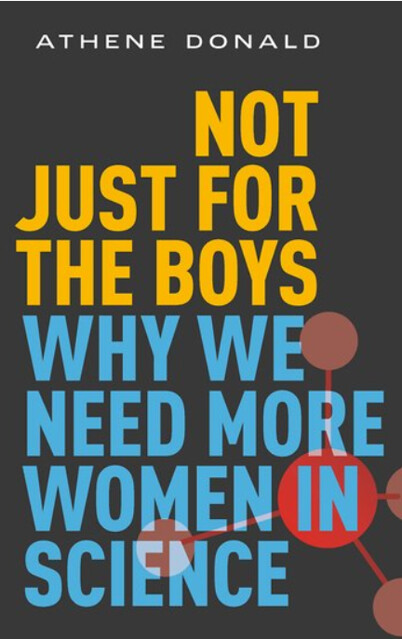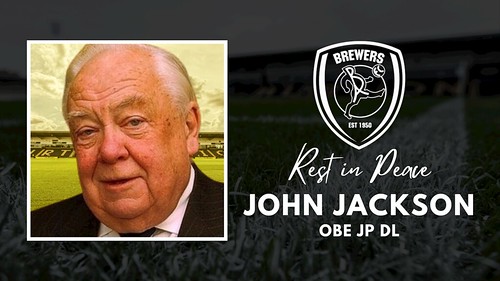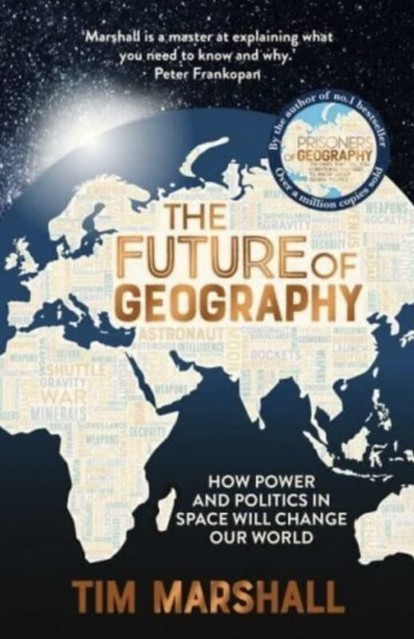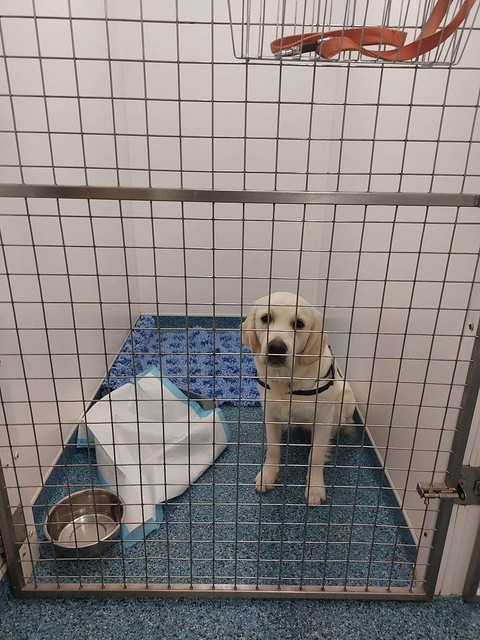Last week the Commons Science and Technology Select Committee produced its report into Diversity and Inclusion in STEM. It states in no uncertain terms that ‘Action must be taken that truly moves the dial’, recognizing that the issue of diversity is a problem of long-standing, yet evidence and recommendations from previous studies and analyses have not transformed the landscape. It has to be hoped that this is the report that finally does shift things, so that STEM is a genuinely inclusive environment whatever one’s gender, skin colour or familial background.
I wrote previously about the evidence Katherine Birbalsingh gave to this committee, in which she claimed girls didn’t like hard maths and that this was the reason so many chose not to study Physics at A Level. Her remarks at the time were not well received (see e.g. this write up) and do not get significant coverage in the final committee report, which states guardedly in the summary that
‘The evidence our inquiry received offered no consensus as to the reasons for this difference—male dominated-environments, and pre-existing societal expectations being suggested causes.’
Nothing about girls not liking hard maths there.
The original call for evidence was broad, but the bulk of the report focusses on school years rather than what happens in universities and thereafter. My own (written) evidence covered both stages in an individual’s life, but only the former was raised at the in-person evidence session I presented at last May. It is very clear that the Committee perceives significant limitations in the current school system when it comes to encouraging anyone and everyone to see themselves as a potential future scientist. As it puts it
‘In our view, it is important that all children are able to see themselves in what they learn from an early age. A diverse national curriculum—that contains female scientists, for example—is one low-cost way of ensuring this. Similarly, the careers advice and support pupils receive from the earliest years should promote diverse and inclusive role models.’
I would like to think this report will get attention and traction, but it isn’t clear to me that that is usually the fate of such Select Committee reports. However, it is high time the lack of diversity in STEM gets sorted, to resolve all the downstream impacts on innovation for our economy, good decision-making by scientifically-trained policy-makers, not to mention a healthy education system and fairness and opportunity for all.
I discuss many of the same issues (albeit with a specific focus on the issues women face rather than the challenges for other minorities) in my upcoming book Not Just for the Boys: Why we need more Women in Science, which is due out from OUP in May (August in the USA). I am certainly hoping this book is read, not just by those who are in the midst of traversing the tricky career ladder of science, but parents, teachers and policy-makers. As Birbalsingh demonstrated in her remarks to the committee, many a (head)teacher seems unaware of the assumptions they make, assumptions that the social science literature simply does not support. The IOP has spent many years trying to make clear just how much the ethos of the school impacts on choices children – boys and girls, around different disciplines – make. But still far too many schools persist in treating boys and girls differently, with the result we see few female engineers and few men entering English degrees.
I believe the problems start right from the time a child is born, with societal expectations imposed on them in the toys they play with (read Let Toys be Toys various studies and blogs to exemplify this), or the clothes they wear. The explicit message that ‘I’m too pretty to do math’, once emblazoned on a T shirt for sale, I think has been eradicated, but implicitly that message remains and is heard by many a girl. Of course not all schools or families pursue such gender stereotyping, but far too many do and, it would seem, including Birbalsingh’s own school (Michaela, in North London).
And, as numerous posts on this blog have pointed out over the past decade and more, the experiences of women as they move up the academic ladder pile on to these early years’ experiences to make many a woman question what they are doing in science, and whether they belong. The boring familiarity of attending a conference or meeting where the men are introduced with their proper academic titles and the women reduced to a plain Mary Smith may be trivial in one sense, but it is demeaning and highlights that women aren’t fully recognized in the groves of academe. It is equally likely to occur when experts are lined up in the media, when somehow the expertise of the woman is frequently downplayed while all the honorifics of the man are enumerated.
The Commons Select Committee report highlights many of these issues at school and in the scientific professions. Diversity requires we, collectively as a society, do better. I hope that the report receives the attention it deserves and stimulates action. As I anxiously wait to get my hands on a hard copy of my own book, and to see how it fares in the public eye, I have to hope my own contribution in this space will also help to ‘move the dial’. Society needs many more people to become aware of the systemic problems still facing women and other minorities in STEM fields. This is not only or necessarily to take blame upon themselves for being misogynist. The situation is more nuanced than that in general, because it is the whole culture we bring our children up in that is at fault, damaging both boys’ and girls’ life chances in working out what they really want to do, and what their talents are best suited for. Only when we resolve these challenges will society derive the maximum benefit from all its members in solving the numerous huge problems that the world faces.















